The joint statement by the two countries on the framework for the trade agreement was issued on the occasion of President Donald Trump and Prime Minister Pham Minh Chinh attending the 47th ASEAN Summit in Kuala Lumpur, Malaysia.

Many goods from Vietnam are exported to the United States. (Photo: Government ).
The Joint Statement is a document that Vietnam and the United States have agreed upon to express the results of reciprocal trade negotiations between the two countries to date, as well as to acknowledge the efforts of government agencies and businesses of both countries in building economic and trade relations on a balanced, stable, and sustainable basis, in line with the Vietnam-US Comprehensive Strategic Partnership.
The joint statement addresses the key contents of the Agreement on Reciprocal, Fair and Balanced Trade, under which both Vietnam and the United States will cooperate constructively to address mutual concerns regarding non-tariff barriers, agree on commitments related to digital trade, services and investment; discuss intellectual property, sustainable development and enhance cooperation to improve the resilience of supply chains…
Over the next few weeks, the United States and Vietnam will continue discussions to finalize the content of the Agreement on Reciprocal, Fair, and Balanced Trade, prepare for its signing, and carry out the necessary internal procedures for the Agreement to officially take effect.
Accordingly, the Agreement on Reciprocal, Fair, and Balanced Trade will build upon and develop the long-standing economic relationship between the two countries, including the US-Vietnam Bilateral Trade Agreement signed in 2000 and effective from 2001.
The key provisions of a reciprocal, fair, and balanced trade agreement between the United States and Vietnam will include:
Vietnam will grant preferential market access to almost all US agricultural and industrial exports.
Meanwhile, the US maintains a 20% retaliatory tariff on goods originating from Vietnam, and is considering applying a 0% tariff to some products.
Both sides committed to coordinating efforts to address non-tariff barriers affecting bilateral trade in relevant sectors. For example, Vietnam will address certain barriers such as accepting vehicles manufactured to US emission standards, medical equipment, simplifying procedures for pharmaceutical and agricultural product approval processes; and fully implementing its international obligations regarding intellectual property.
The two countries also committed to addressing and preventing barriers to US agricultural products in the Vietnamese market. This includes a mechanism for monitoring and accepting mutually agreed-upon certifications issued by US regulatory agencies.
The U.S. and Vietnam will agree on commitments related to digital trade, services, and investment.
The two countries also recorded several important trade agreements, such as Vietnam Airlines ordering 50 Boeing aircraft worth over $8 billion.
Vietnamese businesses have signed 20 memoranda of understanding with US companies regarding the purchase of US agricultural products, with a total estimated value of over $2.9 billion.
Early morning on August 1, 2025 (Vietnam time), the White House posted President Donald Trump's Executive Order on adjusting reciprocal tariffs, whereby the United States adjusted reciprocal tariffs for 69 countries and territories listed in Appendix I. According to this Appendix, the reciprocal tariff for Vietnam was reduced from 46% to 20%.
According to data from Vietnam Customs as of the end of September 2025, the total bilateral trade turnover reached approximately US$126.4 billion (an increase of 27.3% compared to the same period in 2024), of which Vietnam exported US$112.8 billion to the US (an increase of 27.7% compared to the same period in 2024; accounting for 32.3% of total exports); and imported US$13.66 billion from the US (an increase of 23.6% compared to the same period in 2024, accounting for 4.1% of total imports).
Source: https://vtcnews.vn/viet-nam-my-cong-bo-tuyen-bo-chung-ve-khuon-kho-hiep-dinh-thuong-mai-doi-ung-ar983347.html







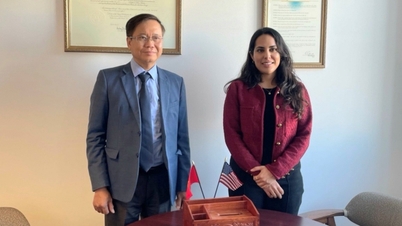

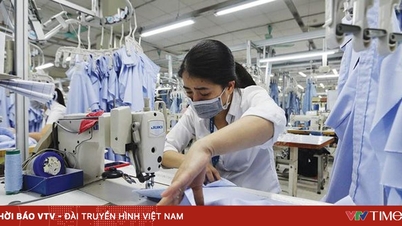

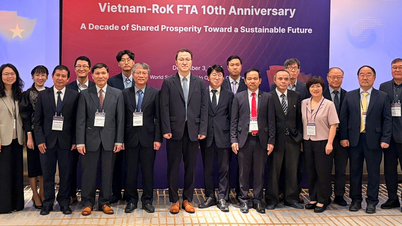



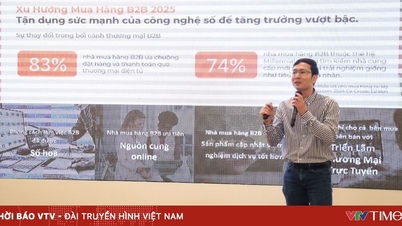
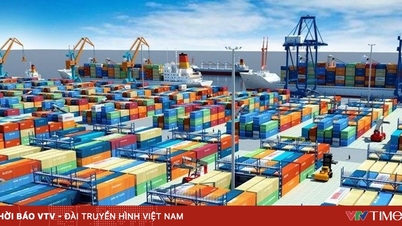



















![[Photo] Prime Minister Pham Minh Chinh holds a phone call with the CEO of Russia's Rosatom Corporation.](/_next/image?url=https%3A%2F%2Fvphoto.vietnam.vn%2Fthumb%2F1200x675%2Fvietnam%2Fresource%2FIMAGE%2F2025%2F12%2F11%2F1765464552365_dsc-5295-jpg.webp&w=3840&q=75)
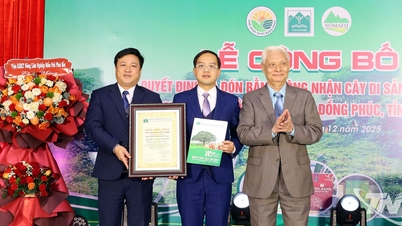
















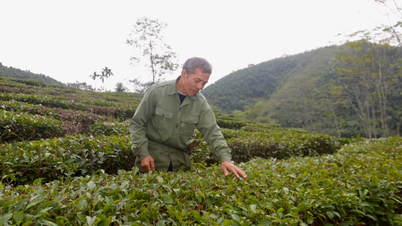







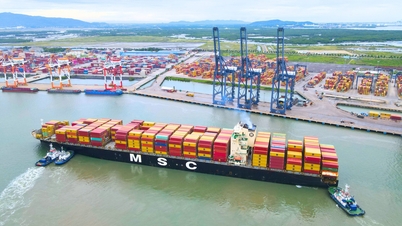
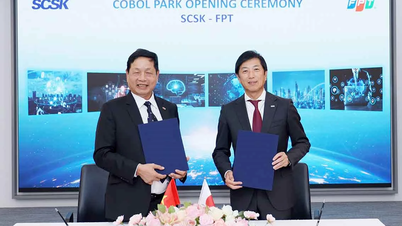

















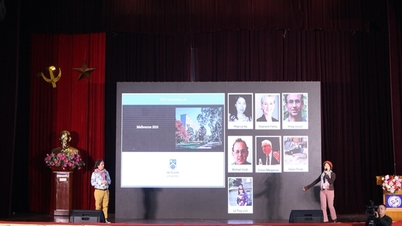


























Comment (0)